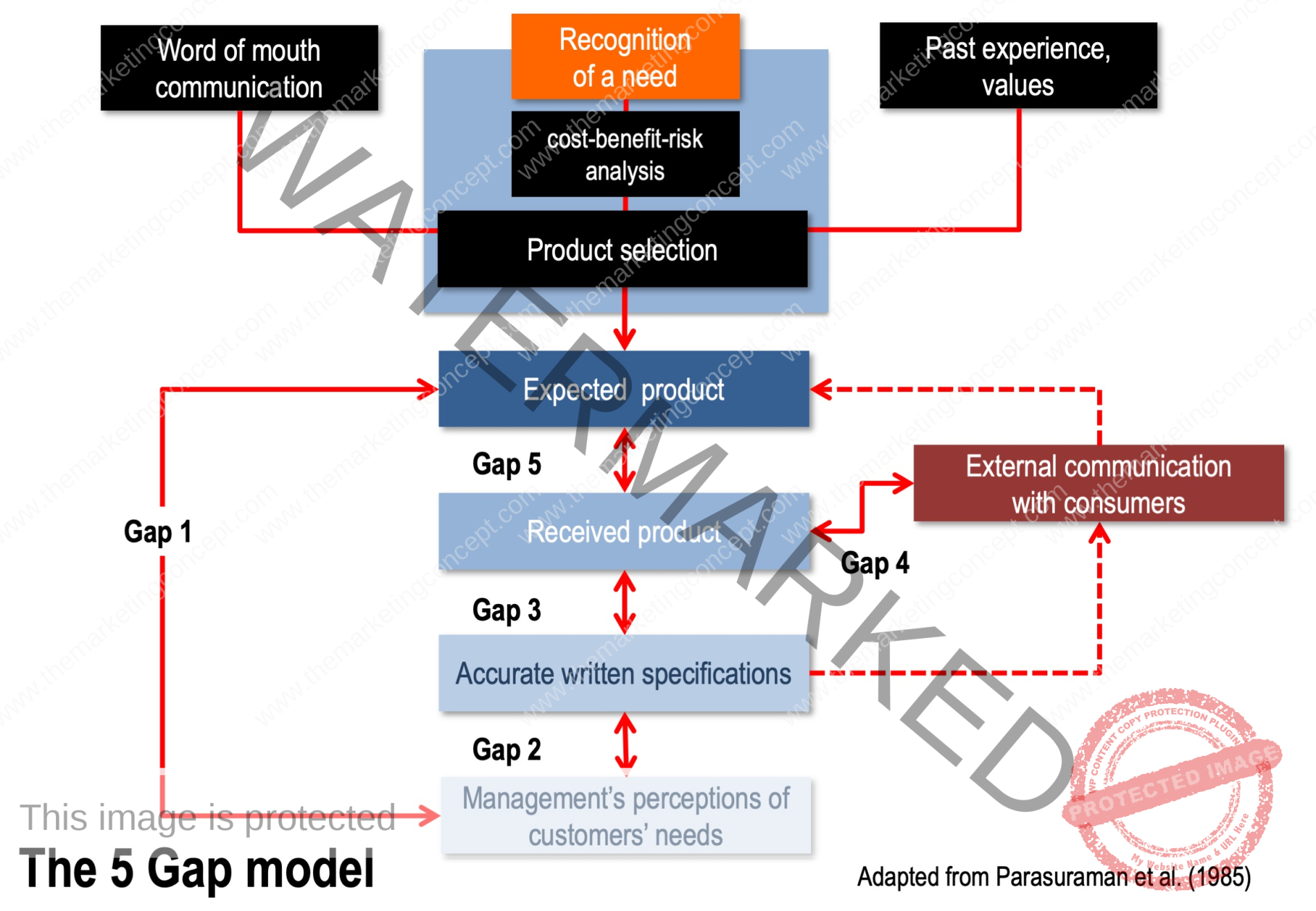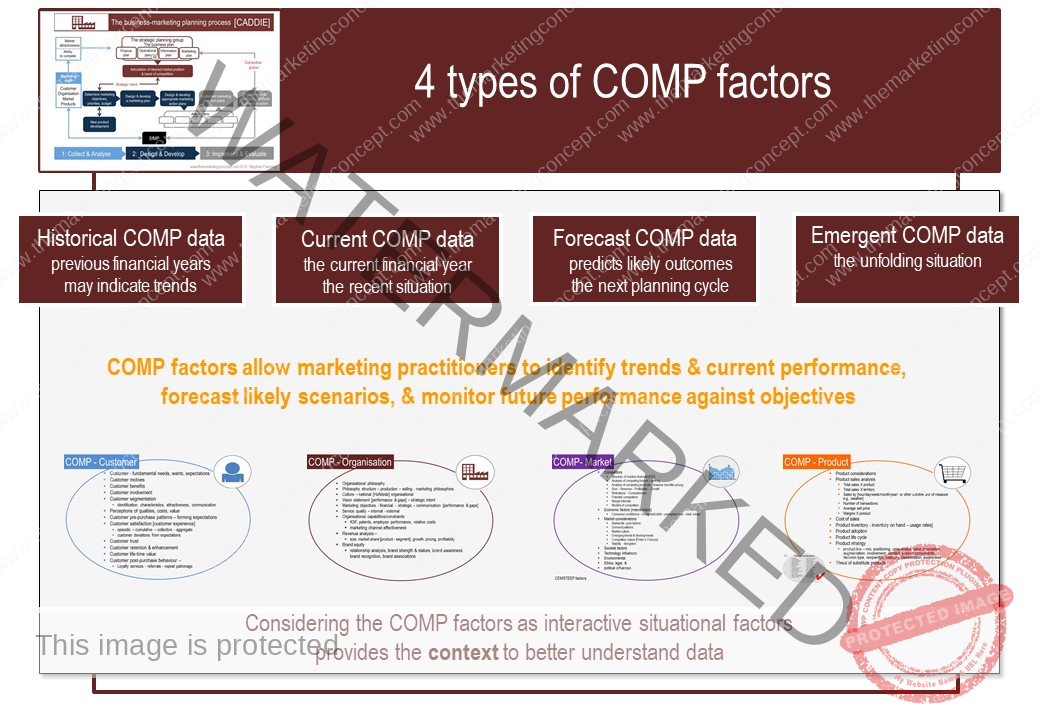
Activity: the small-medium business forum
Stephen Fanning
This fictional activity explores the notion that whilst most small-medium businesses have the required technical skills – many lack the necessary business-marketing planning skills to ensure that a strategic and tactical approach to business is implemented.
This activity outlines a ‘fictional discussion’ which is designed to highlight a number of challenges that start-ups face.
The characters in this activity
Robyn is the primary organiser of the SMB forum and the panel host.
The panel members include:
- Maddison – a finance consultant
- Frank – a management consultant
- Graham – an IT consultant
- Neil – a marketing consultant [you may recall Neil from 4 university friends catch up]
You may also recall that Neil’s motivation for starting his own business was a lifestyle choice, however, the challenges and fun of running a boutique marketing consultancy quickly became his raison d’être.
With time Neil and his team have built up a very good reputation for assisting small-medium sized businesses across all aspects of marketing.
In this activity, Neil has accepted an invitation to join a panel at the Small-Medium Business Forum [SMB Forum]. The SMB forum is an annual event – the purpose of the forum is to assist people who may be contemplating a new business or have recently started a new business venture [a start-up] – many attendees also view it as a good networking event. Neil accepted the invitation as he feels that a more ‘scientific approach to marketing’ would generally benefit owners of small-medium businesses.
The panel discussions
The panel host, Robyn, begins by welcoming the attendees and introducing each of the panel members. Then after providing some direction invites each panel member to provide their advice to the attendees.
The invitation made it clear that the panel should avoid ‘overt self promotion’ [promoting their businesses to drum up business]. Neil agreed to these terms and believed that ‘spruiking’ for business at an event where the emphasis was on practical advice, was a little crass and a form of demarketing. The first two panel members, Maddison and Frank had stayed on track. However, Neil felt that Graham, the IT consultant [who wore leather shoes without socks and a black t-shirt], was an enthusiastic self-promoter and overstated the organisational benefits of ‘digital marketing through social media’.
During Graham’s presentation, due to the constant referencing of digital marketing – Neil’s mind wandered – he was thinking of a tourism brief he was working on and was comparing the term ‘destination marketing’ with ‘digital marketing’ – he understood how a destination could be marketed but he failed to see how a digital could be marketed – surely this is poor English – digital is an adjective – marketing is a verb. Neil understood that the term ‘digital marketing’ was universally accepted – but preferred to think of digital marketing as marketing through technology – software as a service and if you were marketing technology products then that would be marketing of technology products. He thought he might discuss this with his university friends next week. Then he thought everyone thinks of marketing through technology as digital marketing and dropped this line of thinking.
His day dreaming was interrupted by the panel host who summarised Garham’s presentation. We have just learned 1] To acquaint yourself with today’s technologies 2] create an online presence 3] make a review of online analytics part of your daily routine.
‘Neil, you are considered an expert in digital marketing what are your views on digital marketing for the small business owner – is it the game changer that Graham suggests?’
Neil contemplated the question and decided to leave his daydreaming semantics for another time. He stated ‘these are certainly dynamic and exciting times, however, marketing has some fundamental and immutable concepts – quality, value, satisfaction, trust – etc, however, rarely can a strategy or a tactic be applied universally to all customers, or organisations, in all markets, or in all products [COMP] and whilst technology is part of a balance diet it is not the only tool’, however, I agree with your summation.’
He was about to elaborate when Graham jumped in and stated ‘dude – have you been living under a rock? – the world has gone digital and you are either part of the future or part of the past, in my consultancy … ‘
Robyn, the panel host held up her hand and stopped Graham mid-sentence, ‘Sorry Neil you were about to say.’
Neil knew he had to quickly assert his credentials, ‘Graham, you are talking about digital marketing – may I ask … do you have a marketing qualification?
Proudly Graham stated ‘No – but today you really don’t need one – technology has ….’
Neil said ‘Hmmm’
The panel host smiled and shrugged her shoulders. Maddison, was impressed, smiled, and softly said ‘touche’.
Neil continued with a gentle tone ‘What Graham was attempting to convey is that, today, there are many new tools available to small and medium business owners and, in my view, it is about selecting the right tools – the right media – for the job and your budget – some say a diversity of media. However, If you are considering starting a business then I think that, perhaps, there are a number of more pressing considerations that need to be explored.’
The panel host thought that Neil’s opinions would add value to the forum and asked Neil to elaborate.
Neil continues, ‘I believe, that the motives for starting a business vary considerably, however, holistically once someone commits to starting a business there are three paths that people take. The most popular path and the one that I have adopted is based on the belief that ‘as a consequence of best satisfying my customers’ needs then I will be best placed to satisfy my needs’ – this is generally referred to as the marketing concept. Over the years I have found that most people who start a business are on a quest to best satisfy, they have this as an innate quality, it is part of their personal philosophy, however, understanding ‘what is best satisfying’ requires a deep understanding of consumers and the market’. Neil stops to allow the attendees to reflect on his advice.
Frank chips in ‘Neil, I agree, I am considerably older than you and I have to say that in all my years as a consultant I have found that people go into business with the belief that if they satisfy their customers then their customers will reward them – that their customers will provide a service to their business.’
Neil considered Frank’s comment and continues ‘Sure – human needs are relatively stable, however, the dreams, desires, and demands of consumers – their wants – are continually evolving. Therefore, success in business is firstly about understanding the fundamental needs of people, then understanding their dreams, desires, and demands. Furthermore, understanding that what was true yesterday, may not be true today, and probably not true tomorrow. In fact, what was a strength yesterday may be a weakness tomorrow. So my advice is never assume you know your customer or the market [he was thinking of the 5 gap model but decided to keep things simple].

Once we understand what is best satisfying the next step is to understand ‘who will it best satisfy’. Clearly, a consumer’s dreams, desires, and demands are personal and so are their perceptions of quality and value; perceptions are based on the consumer’s ability and willingness to enter an exchange.’
What is best satisfying and for whom is critical as this is the basis of designing and developing a unique product value proposition. Some use the word ‘creating’ but I prefer ‘designing and developing’ as it implies a degree of rigor to the process – a more scientific exploration of the customer, the organization, the market, and the product. Keep in mind, what may be a best satisfying product for one customer group may not be best satisfying for another. Therefore, attracting the wrong customers may provide a short-term gain but long-term pain. Dissatisfied customers suck the life out of a business – the costs of recovery and the effects of negative word of mouth – especially in a connected digital world. You need to be crystal clear on who you are best satisfying and avoid the rest.’
‘Advertising is important, however, I think, an advertising campaign, regardless of the media, without rigorous planning and market segment selection may be a waste of money and it may be fatal – if you over promise and under deliver. This is especially relevant today where consumers can name and shame on social media.’
The panel host thanks Neil and provides a summary – ‘We have just learned to think 1] best satisfy and for whom, 2] craft a unique product value proposition and communicate it to a defined target market, 3] always deliver on promises and 4] think long-term.
The panel host asks ‘Maddison, from a finance perspective what are your thoughts?’
Maddison thanks Neil and playfully adds ‘Neil – for the record I did a double major in finance and marketing.’ This comment attracts laughter from Neil and Frank and from some of the attendees.
Maddison continues, ‘From a finance perspective, and I think most marketing practitioners would agree, that your target market must be large enough to sustain your business. So if you wish to start a business and remain a micro business – a sole trader, which is entirely fine, then your unique product value proposition should be directed towards break-even and then maximising your income. If, however, you wish to grow the business, you may need to craft your unique product value proposition and carefully select your target market. Keep in mind your target market must be able to sustain your growth objectives without a reliance on discounting, and constant sales promotions.
On the topic of promotions, and I am interested to know the other panel members opinions, however, I generally recommend that 60% of external communication should be spent on strategically building the brand and 40% spent on meeting tactical objectives, but this might not be good advice in the early days of a start-up. Also, in established businesses that employs salespeople I recommend that all bonuses paid to salespeople are also contingent on achieving predetermined customer satisfaction objectives.’
The panel host thanks Maddison and provides a summary – ‘We have just learned 1] It is OK to be a micro-business, 2] if you wish to grow you will have to carefully craft your UPVP and select your target market, 3] consider – 60% brand building 40% sales revenue 3] link all bonuses to customer satisfaction. Frank what are your thoughts?’
Frank stated ‘I agree with Maddison, personally, I am a little skeptical on the social media as the ‘business silver bullet’. Graham – I am certainly not saying it is a fad, and as Neil stated social media as part of a well-balanced diet it is important. In fact, I have found social media is particularly good for internal team building – In our consultancy, we have a LINKEDIN Group and I believe that internal quality is the beginning of external quality – it allows staff to discover new opinions and share new ideas with the group. Also, when recruiting I always look at the candidate’s LINKEDIN profile – always. As I mentioned, digital marketing is not really my primary area of expertise. However, I consult for a retail fashion group and found that following customers on Instagram has reduced the number of ‘wear and return’ incidents. My client now delays credits for three days; during this time they identify if the shopper frequently returns garments and explores whether a social media post identifies the shopper actually wearing the garment. The idea is to identify non-profitable shoppers. I also agree that business requires clear objectives and rigor and would like to add that creating, sorry ‘designing and developing’, a business plan is vital and a priority for those considering a new business venture – there is an old adage ‘if you fail to plan you plan to fail’.
The panel host then asks Frank ‘is there any advice you give your clients about scanning the market in which they operate?’
Thanks for a interesting question. ‘Every business and every market is influenced by a number of situational factors, Neil mentioned COMP factors – the customer, the organisation, the market, and the product. ‘But your question referred to the market. I suggest that my clients employ the acronym CEMSTEEP to help identify the market in which they operate – CEMSTEEP asks managers to consider competitors, economic factors, the market, societal factors, influence of technology, environmental factors, ethical and legal considerations and political influences – which are so important today – so important’. I find that it is a little more comprehensive than the PESTEL acronym. NOw it is important to understand that the business plan and the marketing plan are strategic plans and these are the foundation for marketing action plans, the action plans will cover a number of areas relevant to the organisation. The COMP factors provide the strategic context for the marketing action plans and once implemented these are measure and managed to achieve the stated objective – we measure these through a series of marketing metrics.
The panel host thanks Frank and provides a summary – 1] Be skeptical but not recalcitrant, 2] external quality begins with internal quality, 3] think outside the box regarding the use of technology 4] plan or fail, and 5] scan the environment with CEMSTEEP 6] remember implementation is the start marketing practitioners at all levels need to measure and manage.’
On that note, please join us for tea, coffee, and a chat in the hotel foyer and if you found today insightful please follow us on …. .’
mingling after the forum
Graham has cornered a prospect and is doing his ‘sales pitch’. Neil, Frank, and Maddison are walking to the hotel foyer, they all agree that they enjoyed each others presentations and should stay in touch. As they were chatting over coffee, a conference attendee joins the group. ‘Thanks for the forum, my name is Richard, I really got a lot out of it. I am an IT guy; just started my own CRM software consultancy and I agree with what you all had to say, Neil, don’t worry about that IT panel member – some people are operating from a selling philosophy.’
Neil laughs ‘Your face is familiar didn’t we go to uni together?’
Richard ‘YES – I was thinking the same thing. Do you remember we studied the CADDIE business planning process?’
Neil says ‘funny you should mention that I downloaded a new version of the marketing concept [e-book] last night to see what was new.’
Maddison and Frank are intrigued and ask for the link to the site.
Business cards are swapped and promises of LINKEDIN connections are made and they return to work.
Tasks
- What are the COMP factors and what are the 4 types of COMP factors – explain the importance of each type?
- How does each type of COMP factor contribute to the CADDIE business-marketing planning process?
- Would the marketing metrics vary for marketing practitioners at different levels, roles, and responsibilities?
- Is there a role for unqualified marketers [regardless of the enthusiasm] in strategic and tactical planning?


